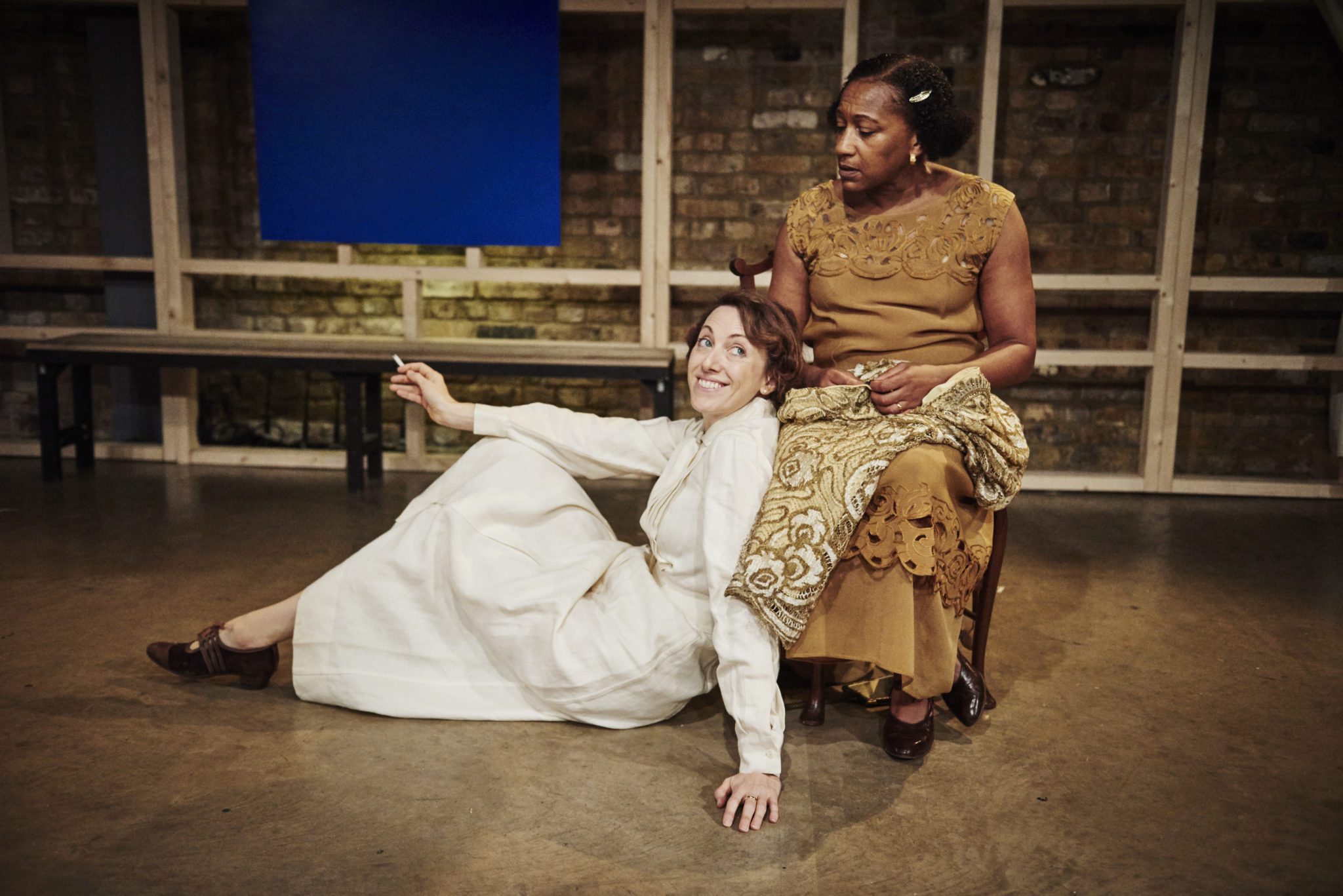


Bozkurt (1977, p.21) defines the stream-of-consciousness technique as a technique in literature which. It ended in a transcendental theory which, with her horror of death, allowed her to believe, or say that she believed (for all her scepticism), that since our apparitions, the part of us which appears, are so momentary compared with the other, the unseen part of us, which spreads wide, the unseen might survive, be recovered somehow attached to this person or that, or even haunting certain places, after death. youth had failed and that their adult lives have been comparatively mediocre and monotonous. Clarissa Dalloway through the successful use of the stream-of-consciousness technique. She thinks of her pastor’s words, saying that she must suffer to gain knowledge, but Miss. All Miss Kilman lives for now is Elizabeth, food, and her small comforts of tea and a hot-water bottle at night. Odd affinities she had with people she had never spoke to, some women in the street, some man behind a counter - even trees, or barns. Miss Kilman walks and prays, thinking bitterly that she has been denied all the pleasures and luxuries that were given to Clarissa Dalloway. So that to know her, or any one, one must seek out the people who completed them even the places. She waved her hand, going up Shaftesbury Avenue. But she said, sitting on the bus going up Shaftesbury Avenue, she felt herself everywhere not 'here, here, here' and she tapped the back of the seat but everywhere. It was unsatisfactory, they agreed, how little one knew people. For how could they know each other? You met every day then not for six months, or years. It was to explain the feeling they had of dissatisfaction not knowing people not being known.

“Clarissa had a theory in those days - they had heaps of theories, always theories, as young people have.


 0 kommentar(er)
0 kommentar(er)
